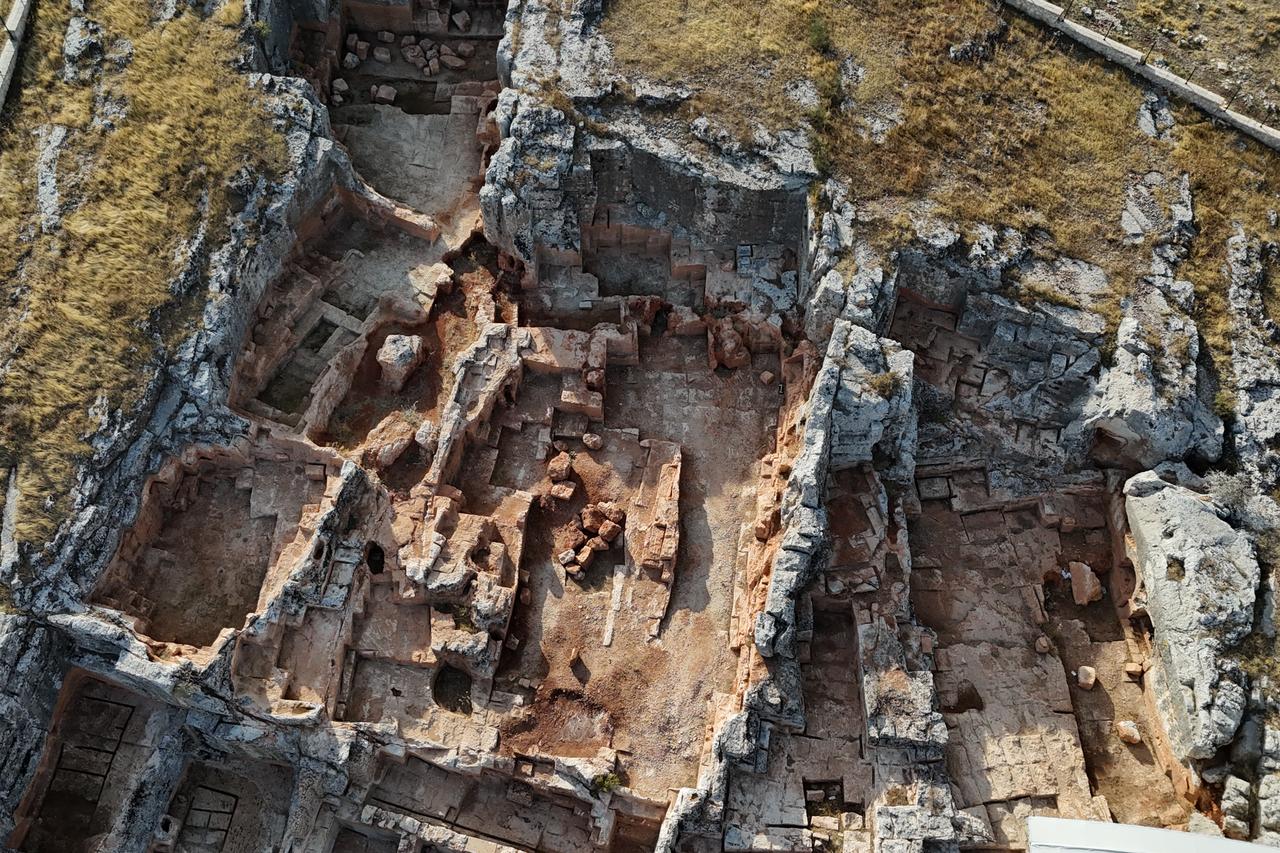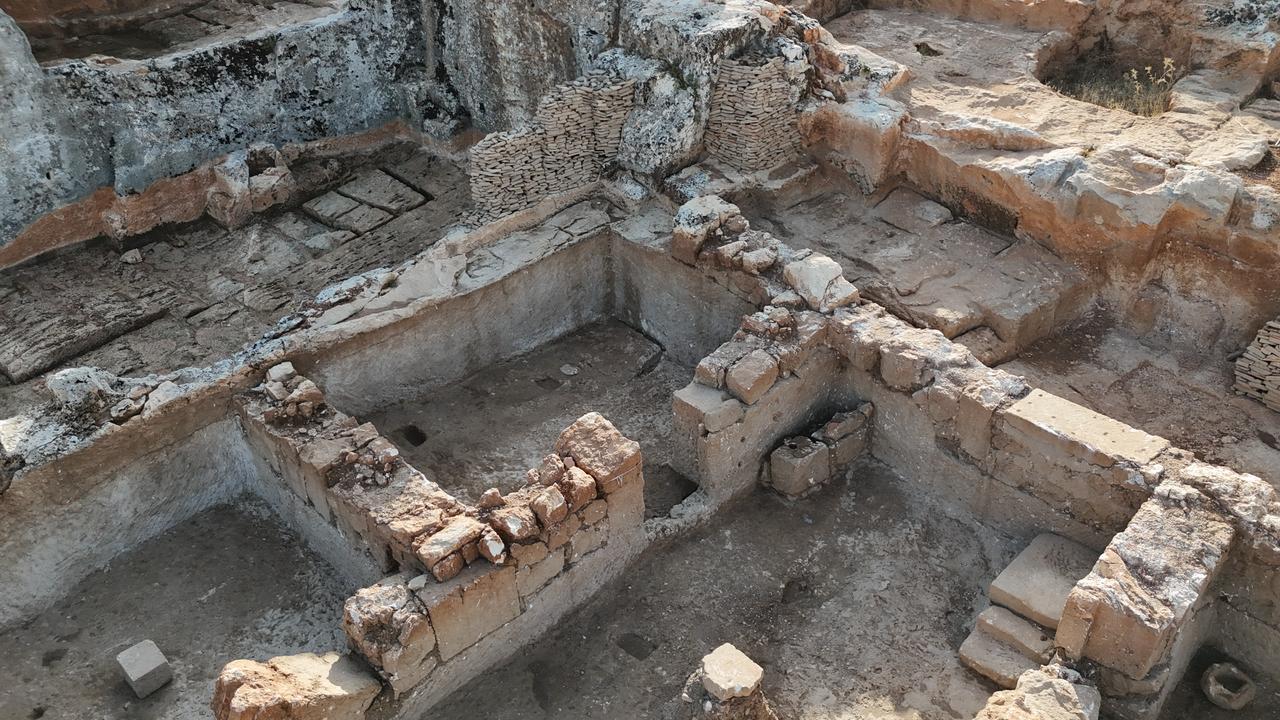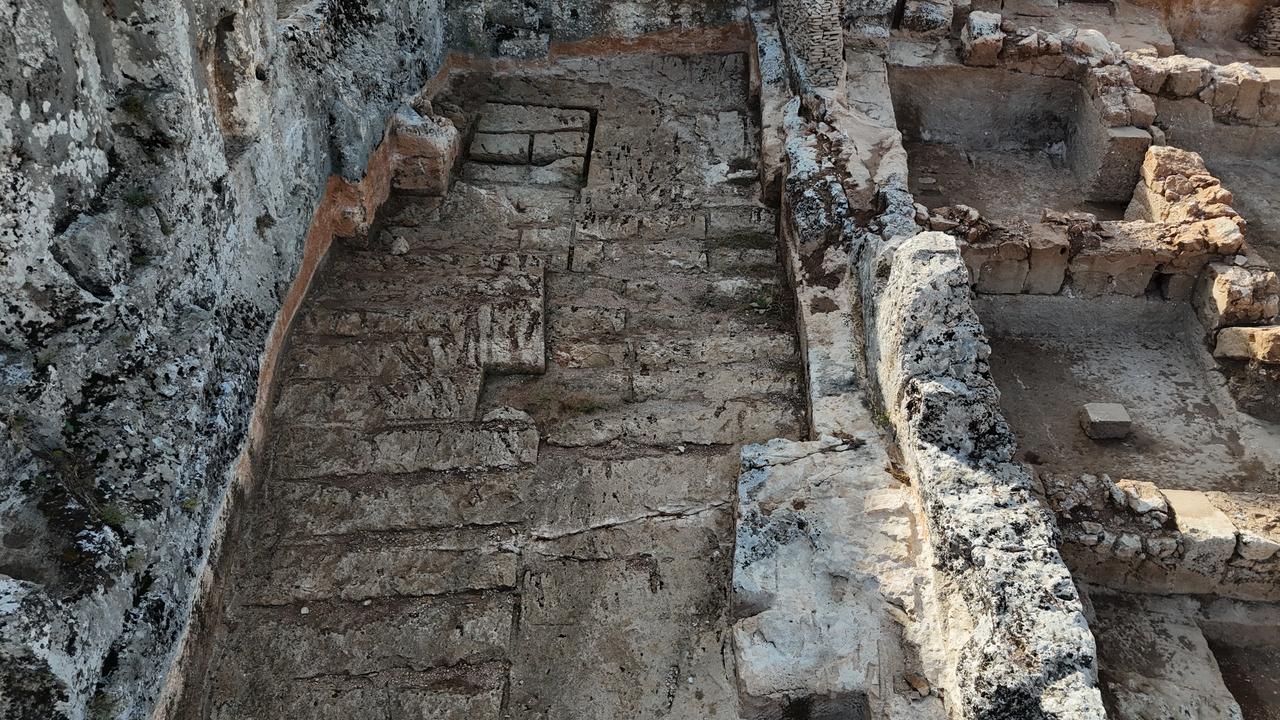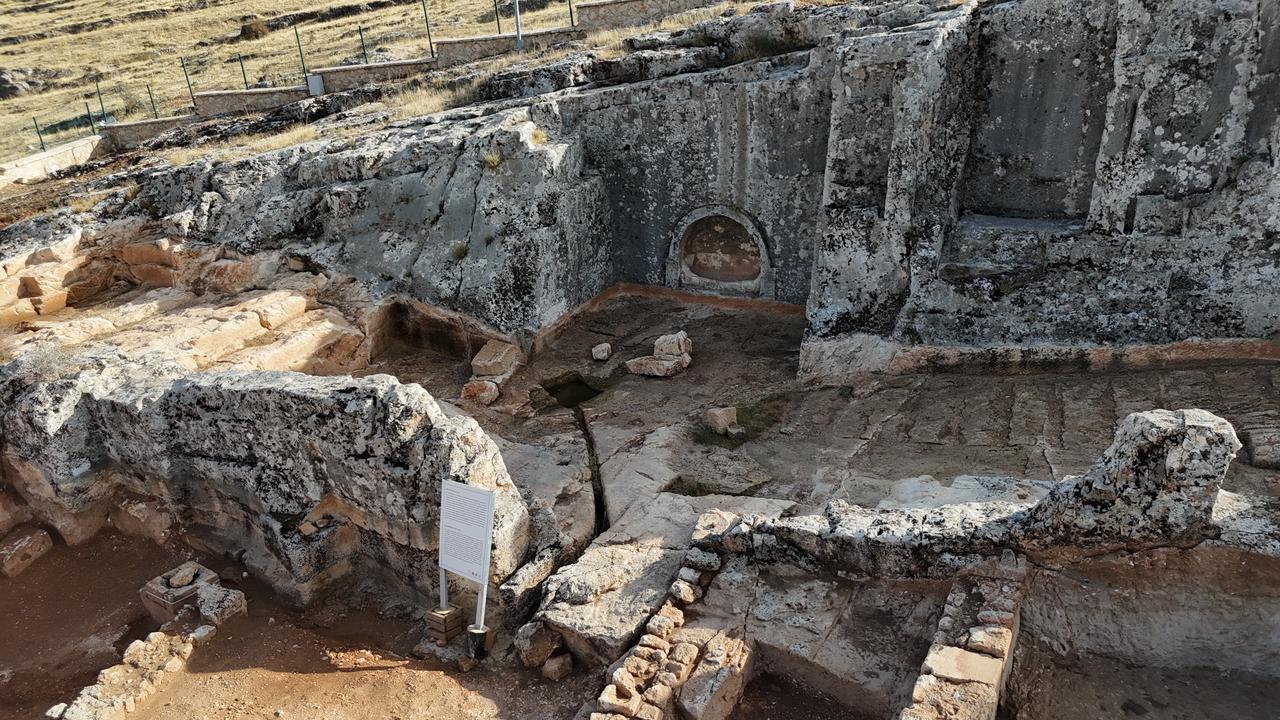
Archaeologists working in Perre, one of the five major cities of the ancient Commagene Kingdom, have uncovered a well-preserved domestic area dating back roughly 1,500 years to the Roman period.
The latest findings add another layer to the long-running excavations at the site in southeastern Türkiye, where earlier work had already brought to light a Roman fountain, stone structures, water channels, and multiple architectural remains.

Excavations led by the Adiyaman Museum Directorate this year, carried out by a team of four archaeologists and twenty workers, identified a 154-square-meter residential zone. Within this area, researchers documented a traditional tandir—a clay or stone oven widely used in the region since antiquity—and two adjoining rooms, indicating that the structure once served as a household unit.
According to officials, the team uncovered various small finds linked to daily usage. The discoveries include coins, bronze objects, and assorted household items, all of which offer a clearer picture of domestic routines during the late Roman era.

Adiyaman Provincial Director of Culture and Tourism Mehmet Yelken noted that the exposed structure sits near a basilica famous for the “Mosaic of Paradise,” an important mosaic panel previously uncovered in the area. He explained that new work around the basilica has brought its surrounding architectural elements back into view and has renewed interest in the broader settlement layout.
Yelken stated that the presence of a tandir-style ovens together with a two-room layout strongly indicates a lived-in domestic environment. He added that the building, constructed nearly fifteen centuries ago, appears to represent a significant example of Roman residential life in Perre.

The official underlined that Perre’s position at the intersection of ancient trade and military routes allowed different types of artefacts to accumulate over centuries. Because the city functioned both as a passage point and a place of accommodation for travelers, excavators expect that future work may bring even more diverse findings to light.